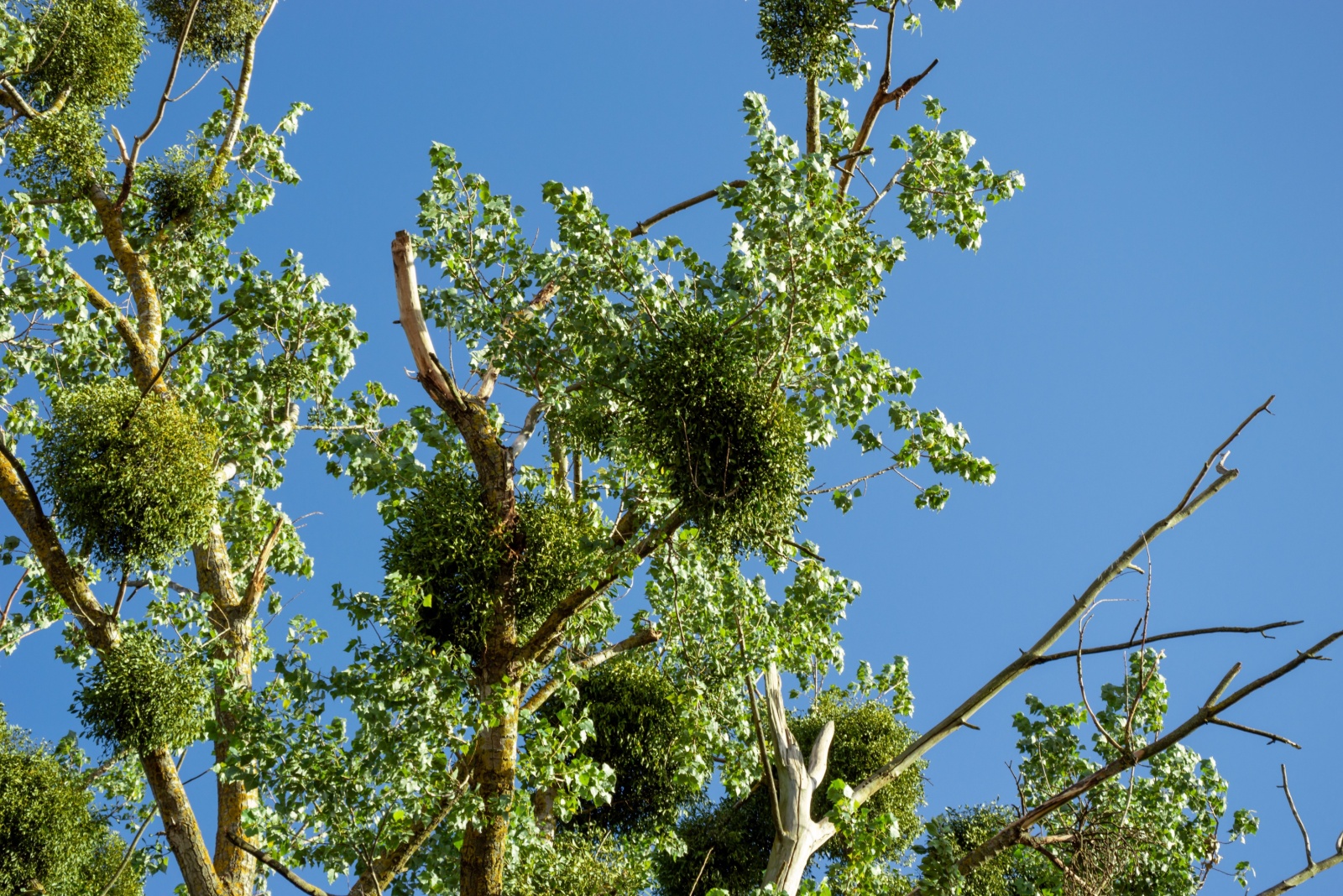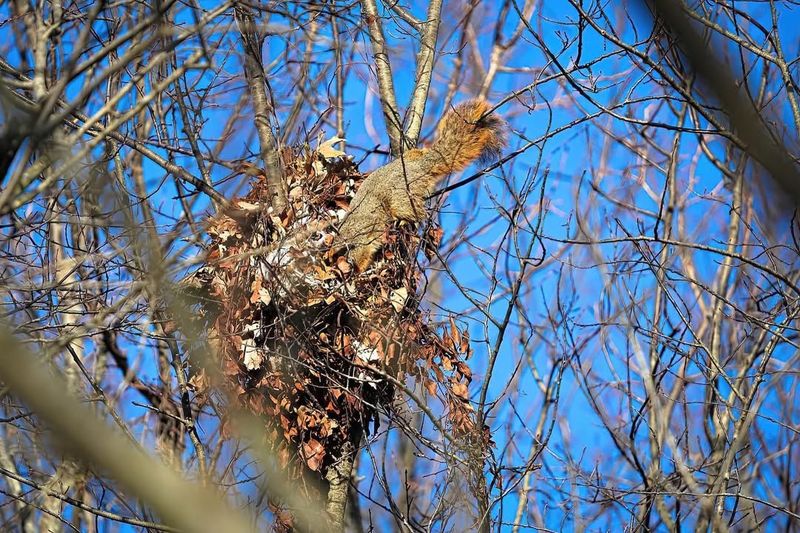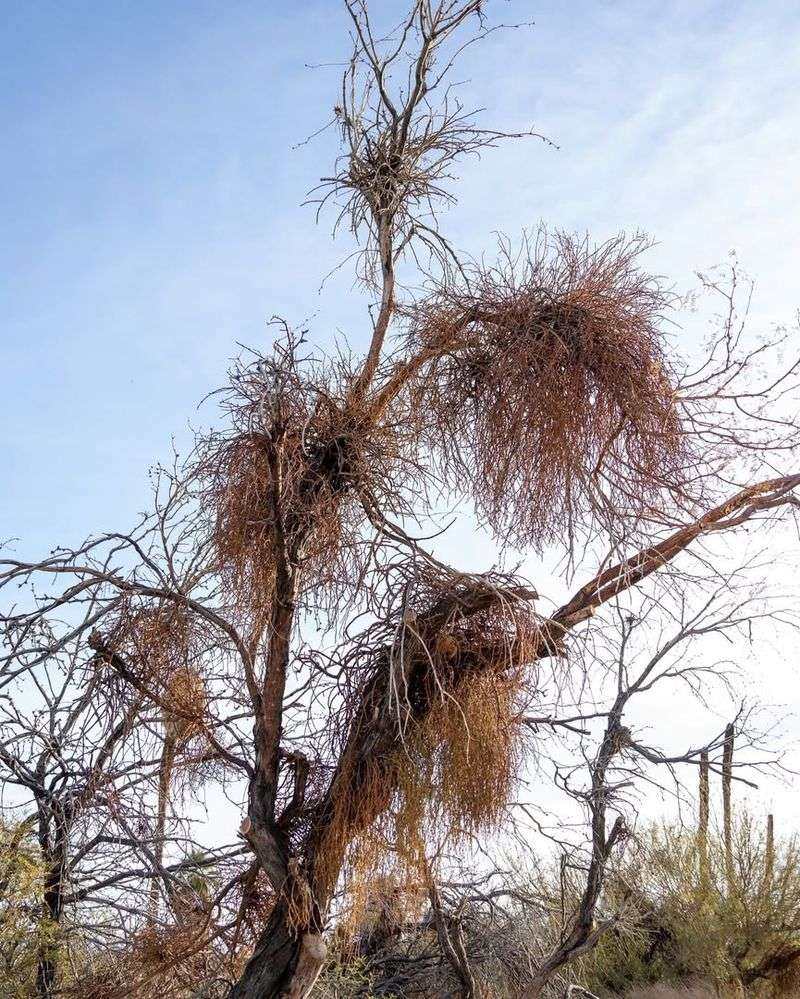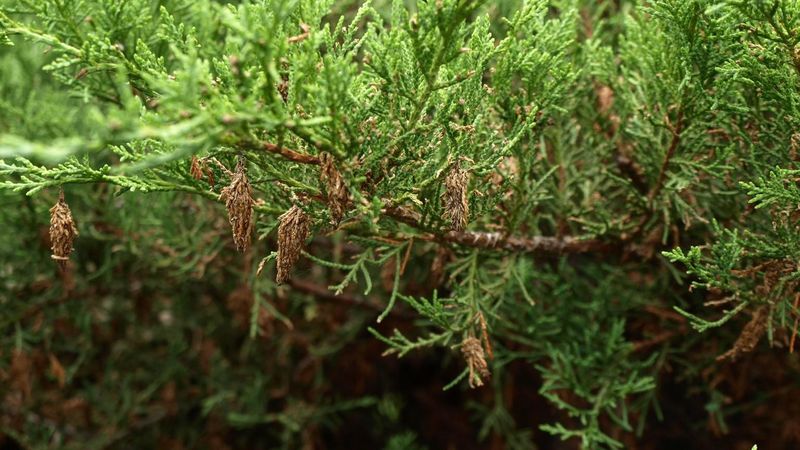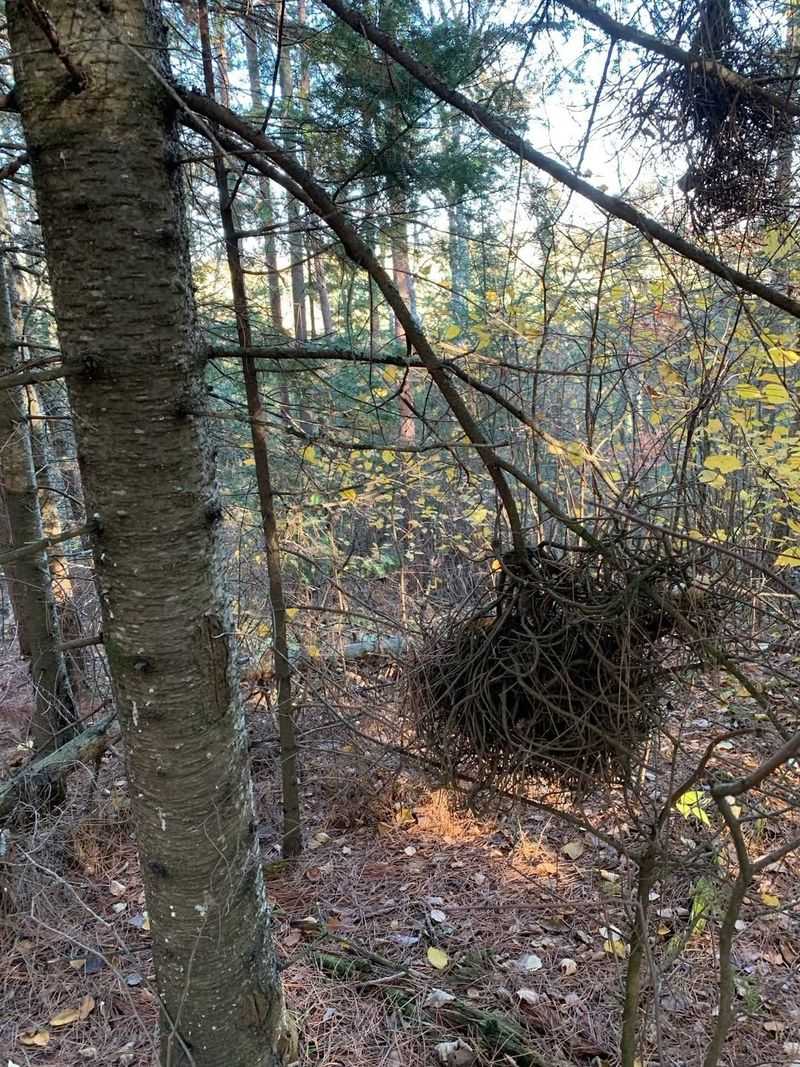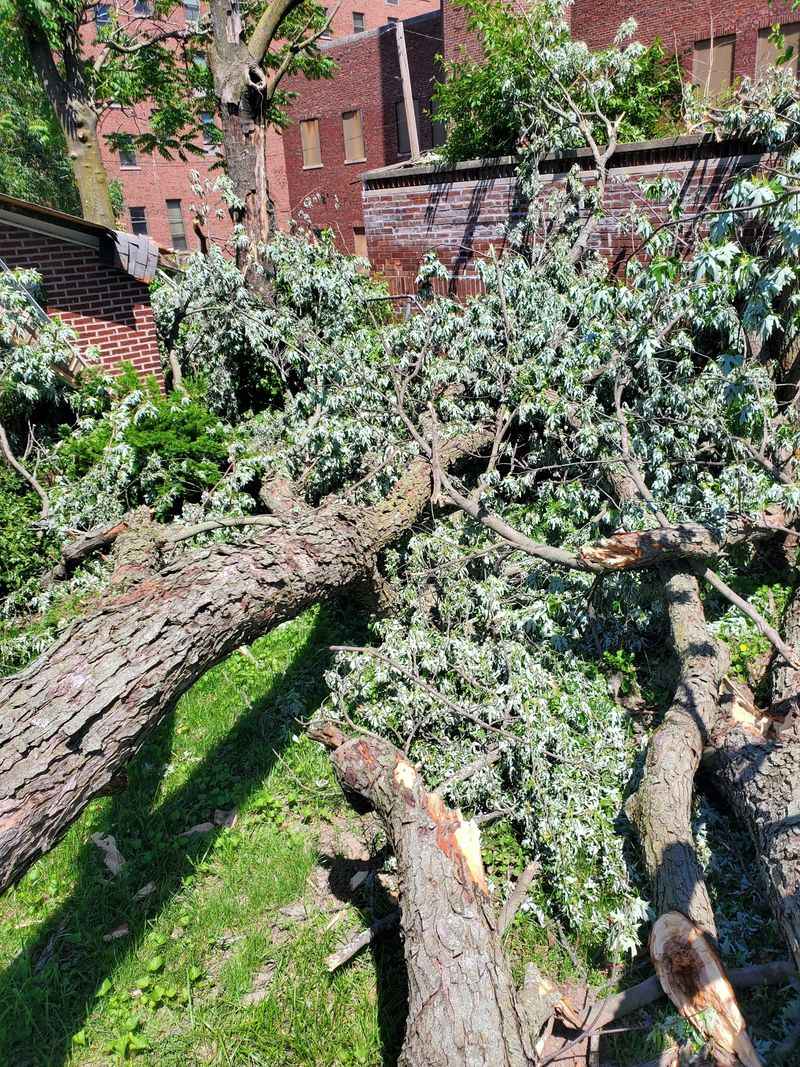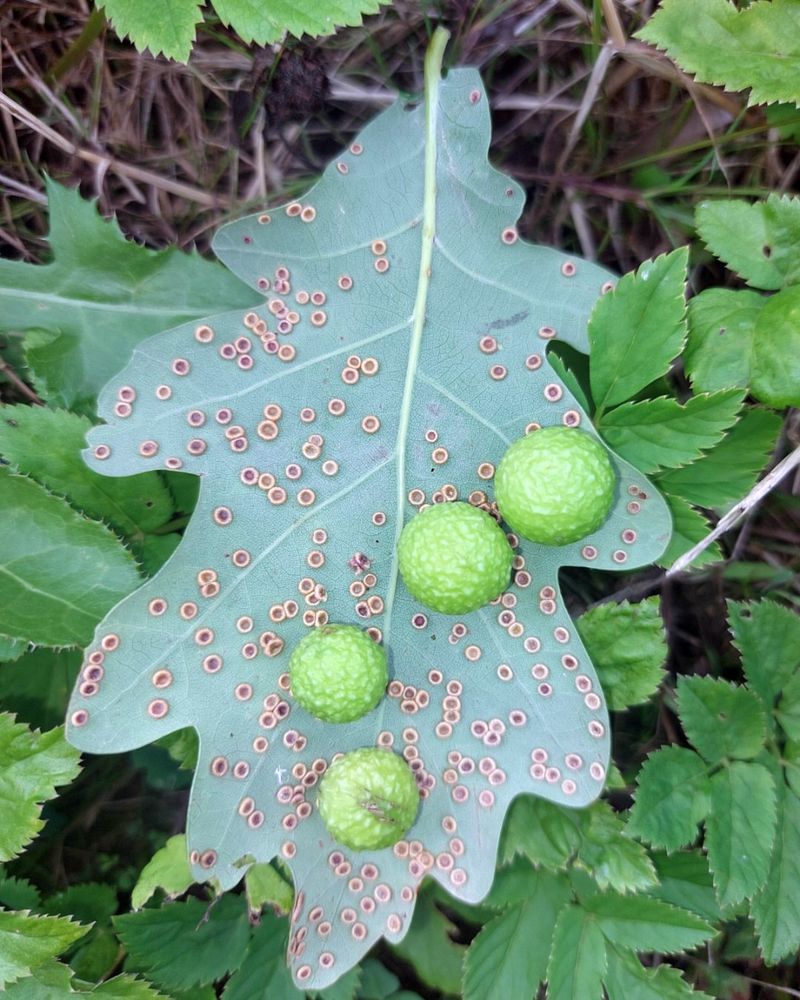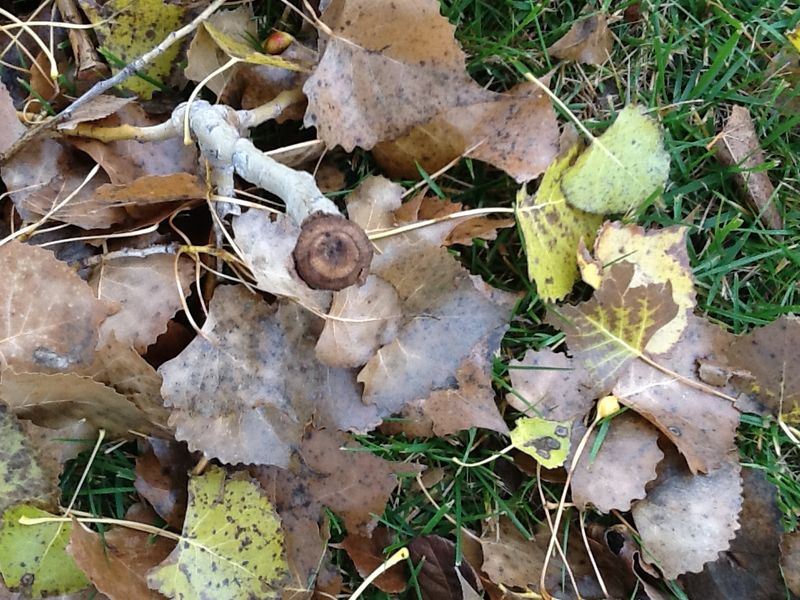Ever noticed a big clump of leaves tangled high in a Mississippi tree and thought, “Must be a bird’s nest”? You’re not alone—plenty of folks make that same guess. But chances are, it’s not a bird’s home at all.
Those leafy bundles might be squirrel dreys, clumps of mistletoe, or even insect nests tucked into the branches. I’ve learned that looking closer can reveal something fascinating. Mississippi’s trees are full of hidden stories—if you know where to look.
1. Squirrel Dreys Are The Real Culprits
Squirrels build these leafy structures called dreys, and they’re masters at making them look like messy bird nests. Around Mississippi, gray squirrels gather leaves, twigs, and bark to weave together cozy homes in tree forks.
Unlike bird nests, dreys are much larger—often basketball-sized—and have a rounded, enclosed shape. Squirrels use them year-round for sleeping, raising babies, and escaping harsh weather.
If you see movement or a bushy tail darting around that leafy ball, you’ve confirmed it’s a drey, not a nest.
2. Mistletoe Clumps Fool Many Homeowners
Mistletoe grows as thick, green clumps that cling to tree branches across Mississippi, especially on oaks and sweetgums. This parasitic plant sends roots into the tree to steal water and nutrients.
From a distance, mistletoe looks like a messy tangle of leaves or sticks bunched together. During winter, when trees lose their foliage, these evergreen clumps become even more obvious and confusing.
While mistletoe adds holiday charm, too much can weaken trees over time, so keep an eye on heavy infestations in your yard.
3. Bagworm Cases Dangle Like Tiny Ornaments
Bagworms are sneaky caterpillars that build protective cases out of leaves, twigs, and silk, hanging them from branches throughout Mississippi. These cases look like small, cone-shaped bundles and often get mistaken for unusual nests or seed pods.
Each bagworm spins its own portable home, which it drags around while feeding on tree foliage. When they cluster together, the effect can resemble a strange leafy ball.
Left unchecked, bagworms can seriously damage evergreens and other trees, so removing cases by hand helps protect your landscape.
4. Witches’ Broom Growth Confuses Tree Watchers
Witches’ broom is a strange plant disorder that causes dense, tangled clusters of branches and leaves to grow in one spot. In Mississippi, this condition shows up on pecans, oaks, and other hardwoods, creating lumpy masses that look oddly nest-like.
Caused by fungi, insects, or viruses, witches’ broom disrupts normal growth patterns, forcing branches to sprout wildly in tight bunches. The result is a bushy, rounded clump that stands out against regular foliage.
Though mostly harmless, severe cases can stress trees and reduce their overall health and appearance.
5. Wind-Blown Debris Gets Stuck Naturally
Sometimes nature just piles things up randomly. Strong winds, common during Mississippi storms, blow leaves, twigs, Spanish moss, and other debris into tree branches where they get wedged tight.
Over time, these collections build up into messy balls that look intentional but are purely accidental. Rain and humidity help mat everything together, making the clump appear even more nest-like.
Check closely—if there’s no structure or weaving pattern, and it’s just a loose tangle, wind is probably your answer rather than any creature’s handiwork.
6. Oak Leaf Galls Created By Tiny Wasps
Tiny wasps no bigger than a pinhead inject chemicals into oak trees that trigger bizarre growths. When these insects lay their eggs inside leaf tissue, the tree responds by creating protective chambers that look like bunched-up leaves.
Mississippi oak trees are particularly susceptible to these gall-forming wasps during spring and summer months. The developing wasp larvae feed safely inside these leaf balls while the tree unknowingly provides shelter.
Most galls are harmless to the tree’s overall health, though they certainly look odd. Once the adult wasps emerge, the dried galls often remain attached throughout winter, fooling people into thinking they’re abandoned nests.
7. Twig Girdler Beetle Damage Bunches
Long-horned beetles called twig girdlers create confusing leaf clusters through their unusual reproduction habits. Female beetles chew circular grooves around branches to weaken them before laying eggs inside the twig.
The damaged branch can’t transport water properly, causing leaves to die but remain attached in brownish clumps. These dead leaf bunches stay visible for months, especially on pecan, hickory, and oak trees throughout Mississippi.
Strong winds eventually break off the girdled branches, which is exactly what the beetle intended. The larvae develop safely inside the fallen twigs on the ground below.

